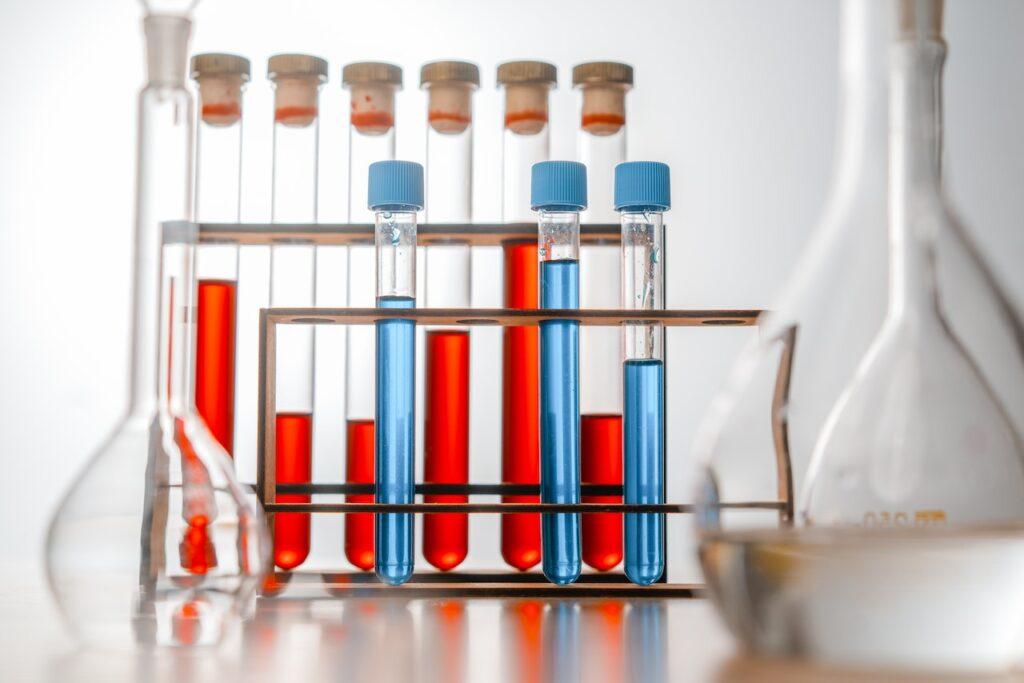Bioburden Testing: Ensuring Product Integrity and Consumer Safety A Key Focus in the Pharmaceutical Industry

What is Bioburden Testing?
Bioburden test is the microbiological testing of non-sterile pharmaceutical products, raw materials, equipment surfaces and manufacturing environments to detect, identify, and enumerate microorganisms. The testing is conducted to establish if the level of microbial contamination is within an acceptable predefined limit. It helps to ensure the materials, products, and processing environments meet regulatory standards for sterility and safety.
Importance of Bioburden Testing
Testing for bioburden is crucial to verify the effectiveness of processes used to limit, reduce or eliminate microbial contamination. High levels of microbial contamination could compromise the sterility of products requiring sterile packaging and processing or affect quality, safety and efficacy. Bioburden test ensures:
- Sterility of sterile products through validation of processes used to render them sterile. This protects patient safety.
- Product quality and integrity is maintained by confirming microbial levels are within acceptable limits and specifications.
- Process validation and verification of cleaning procedures through monitoring of equipment and facilities.
- Compliance with cGMP guidelines and standards set by regulatory agencies like FDA, EMA and others through documentation of testing results.
When is Bioburden test Required?
Various stages of production require Bioburden Testing as per regulations. Some key stages include:
- Testing of raw materials – To ensure safety and establish acceptable baseline levels before use.
- In-process environmental monitoring – Sampling of air and surfaces to check cleaning efficacy and control of contaminants.
- Testing of non-sterile product – To confirm microbiological quality and shelf-life.
- Testing of sterilized products – Post-sterilization testing for sterility assurance and process validation.
Get more insights on - Bioburden Testing
- Art
- Causes
- Crafts
- Dance
- Drinks
- Film
- Fitness
- Food
- Jeux
- Gardening
- Health
- Domicile
- Literature
- Music
- Networking
- Autre
- Party
- Religion
- Shopping
- Sports
- Theater
- Wellness
- IT, Cloud, Software and Technology


